The benefit of mirrored cabinets is that the mirrored front lends itself dramatically to assisting with an early morning regimen while the internal storage space racks greatly aid maintaining clutter at bay in the bathroom. So you can be creative with that which you got as well as create the modular bathroom cabinet as special as possible.
Images about Beautiful Bathroom Cabinets
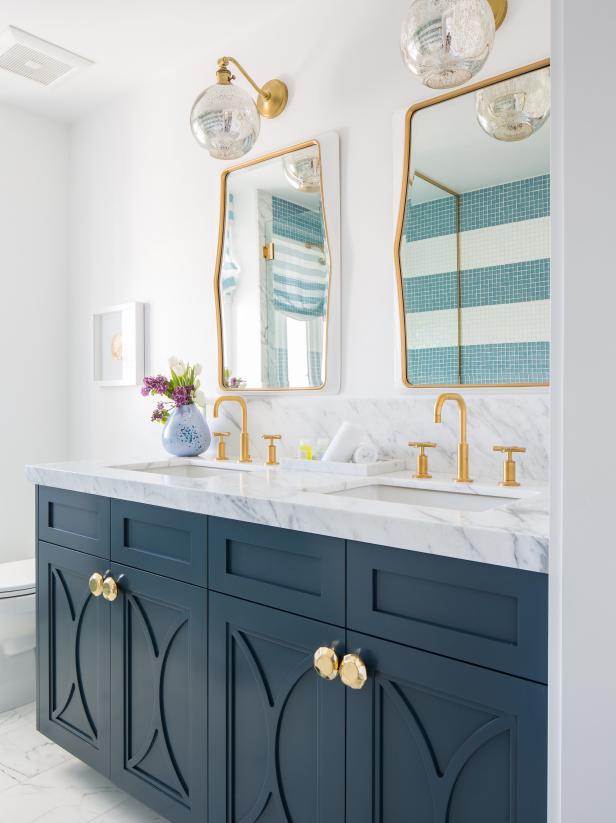
When it is time to provide your bathroom a much-needed tidy up, a fantastic method of cleaning up that mess is to invest in taller bathroom cabinets. When it comes to choosing the bathroom of yours cabinets the preferences and choices are substantial as you get wide choices in Internet as a lot of retailers deal cabinet online or you are able to say these are the an online bathroom shops.
The 15 Most Beautiful Bathrooms on Pinterest – Sanctuary Home Decor
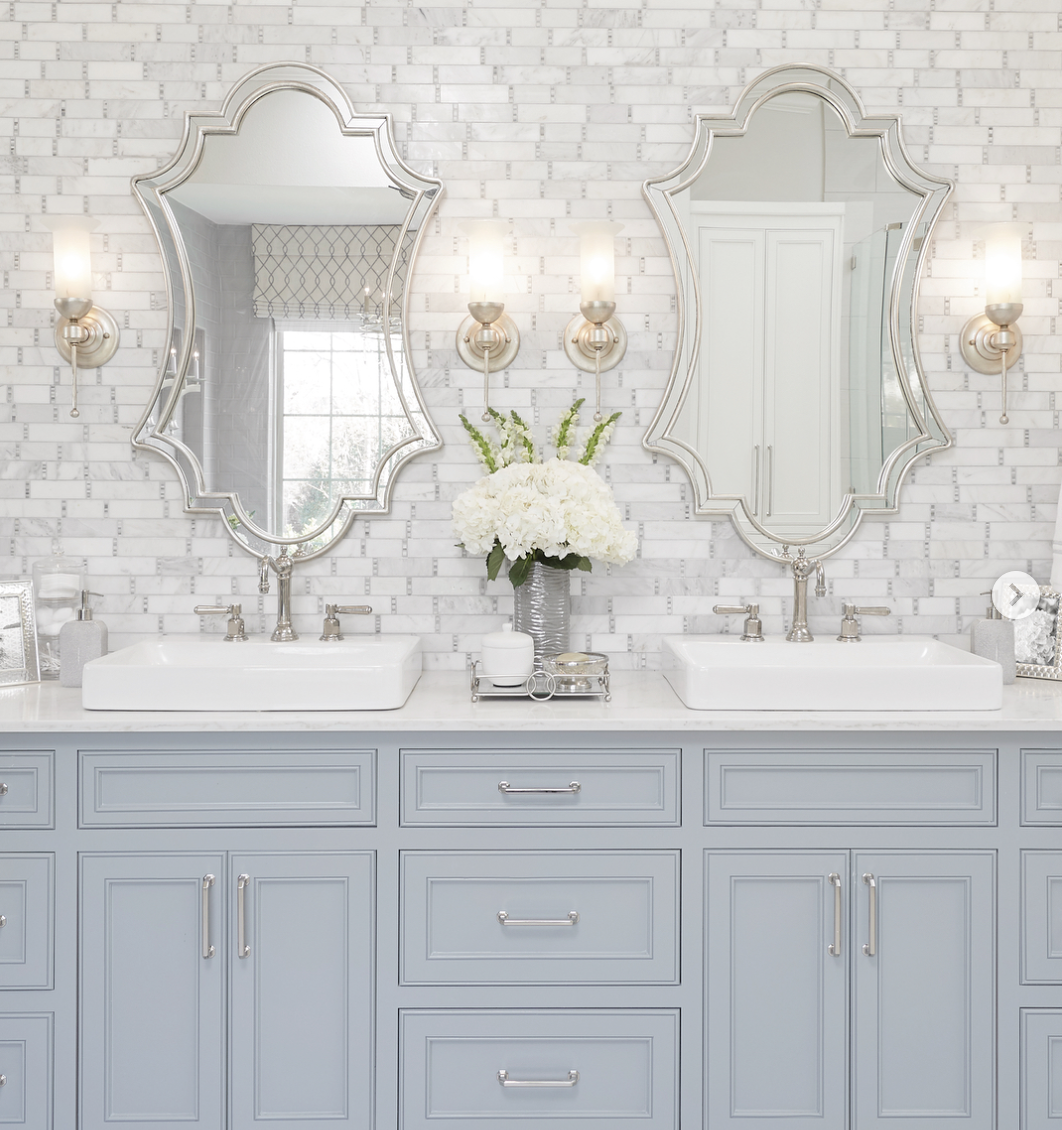
These couple of recommendations are going to make your bathroom cabinets a spectacular element in your bathroom. Lots of bathroom cabinets follow the standard look and feel of getting storage space on the interior of the cabinet. In contrast to the minimalist style of cabinets with individual doors are bathroom cabinets which often boast double doors.
Beautiful Bathroom Vanity Design Ideas
/bathroom-vanity-design-ideas-4135228-hero-26243a156f8744f7b86659ddc9299362.jpeg)
It is essential that you decide to go with a finish that fits the bathroom furniture of yours. Possibly the main decision to make is if the cabinet has adequate storage. Some cabinet designs made for smaller spaces typically utilize other-worldly and unique styles to make them appear spacious and highly functional. You may also arrange your bathroom supplies according to the uses of theirs.
Beautiful Bathroom Vanity Ideas
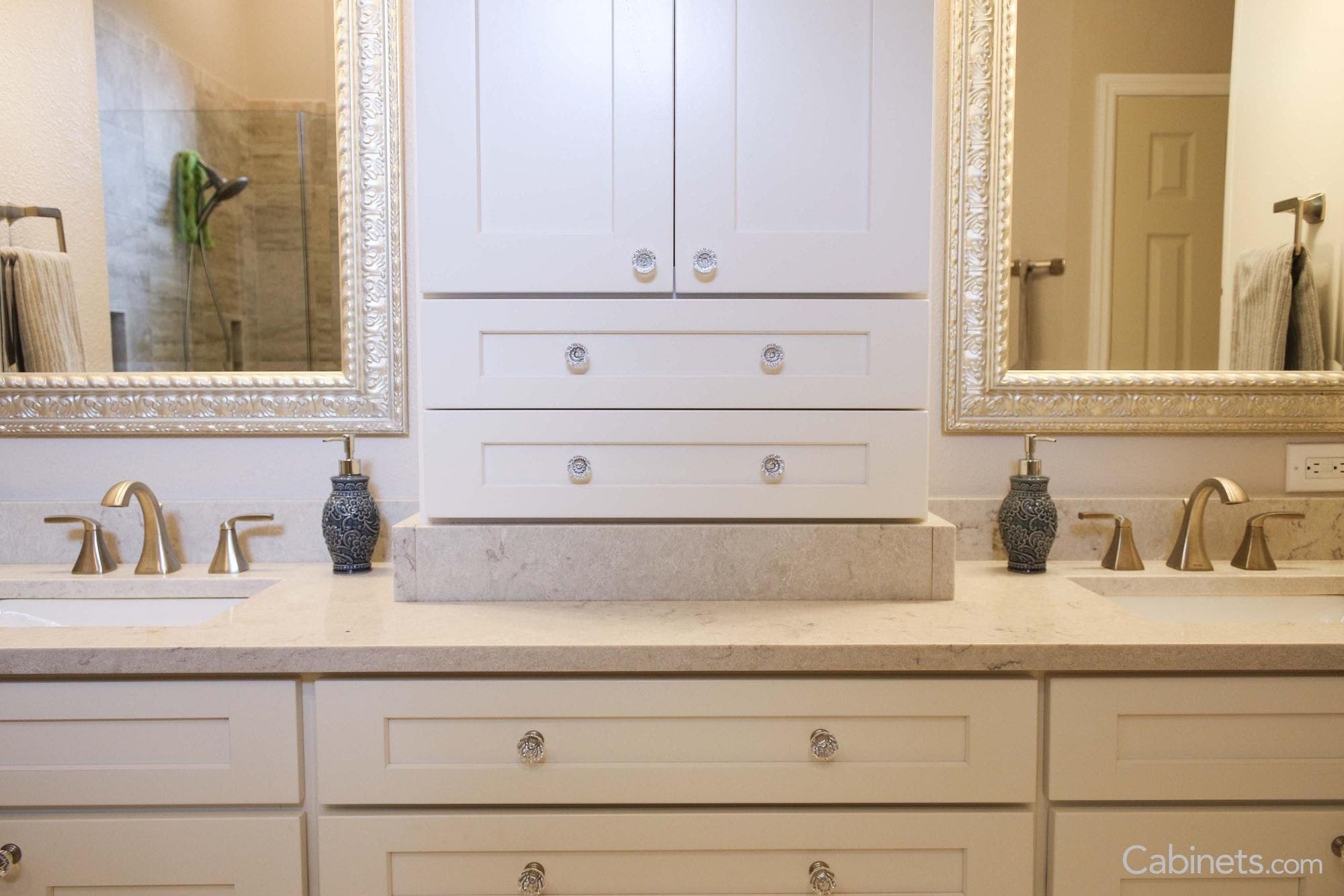
24 Double Vanity Ideas to Try in Your Bathroom
/double-vanity-ideas-8-amy-bartlam-eye-for-pretty-917229dbbb824995b45d8cb68e00cd8b.png)
Beautiful Bathroom Vanity Ideas
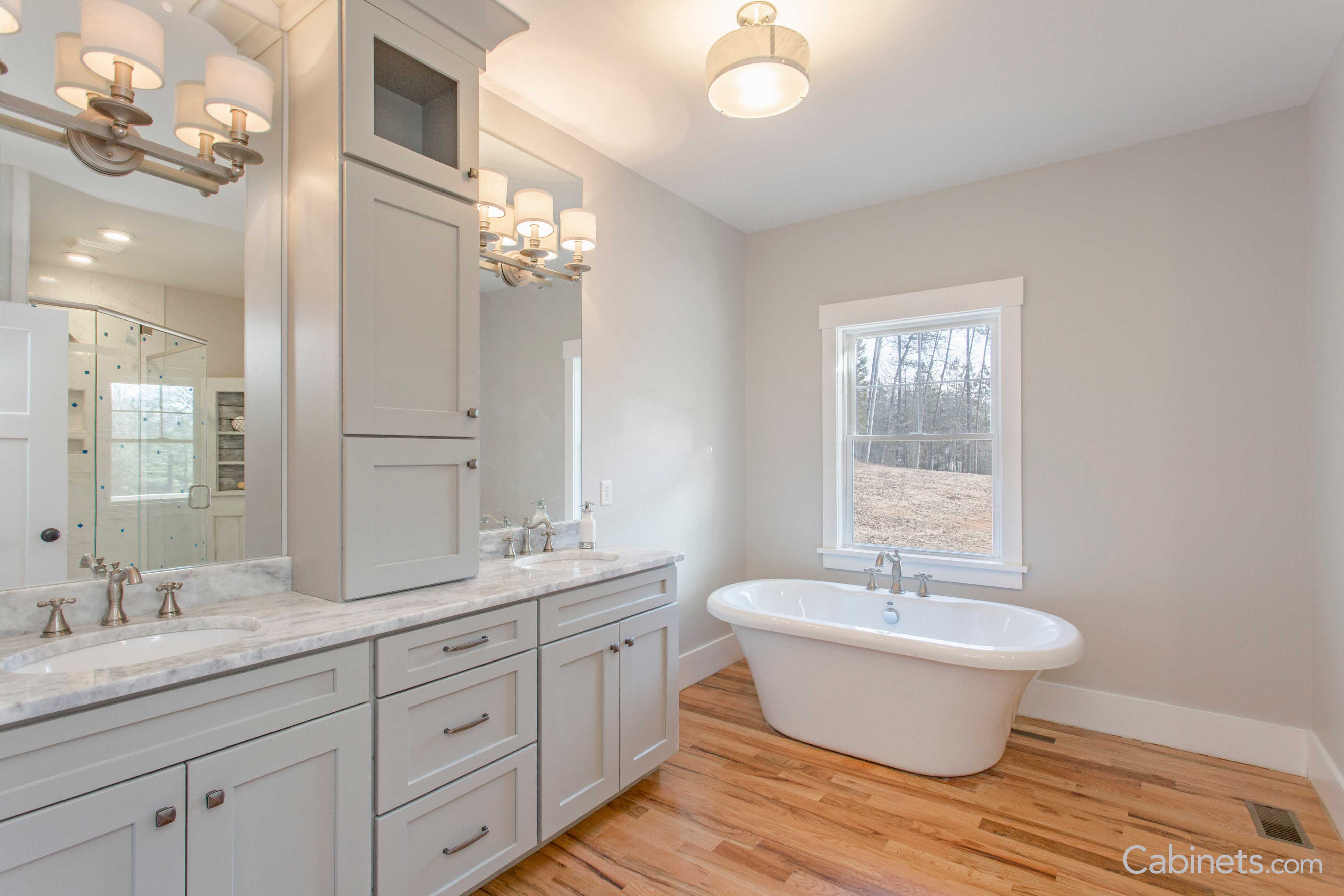
Bathroom Vanities for Every Design Style HGTV
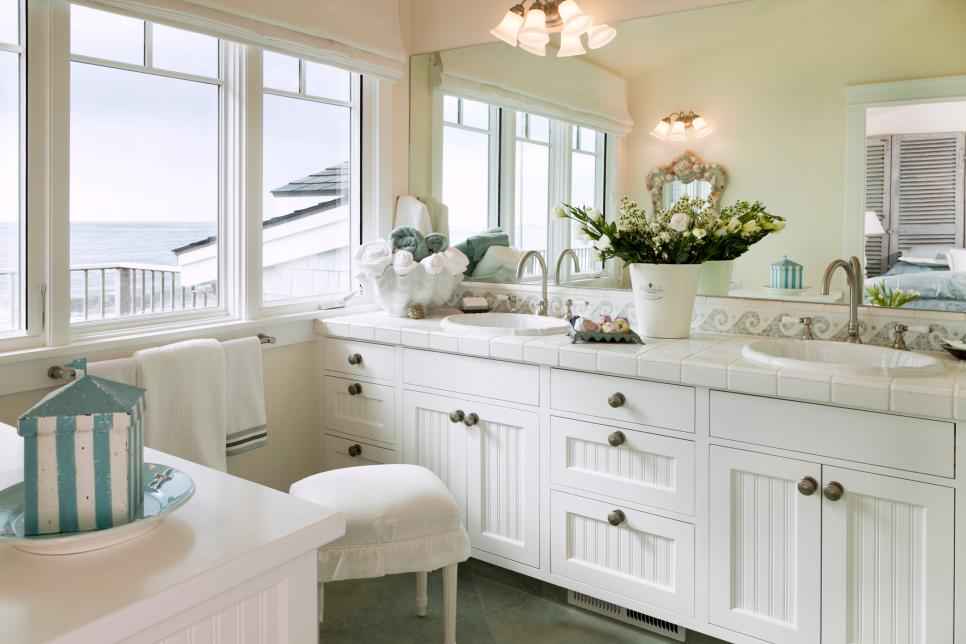
24 Double Vanity Ideas to Try in Your Bathroom
/double-vanity-ideas-8-amy-bartlam-eye-for-pretty-917229dbbb824995b45d8cb68e00cd8b.png)
40 Modern Bathroom Vanities That Overflow With Style
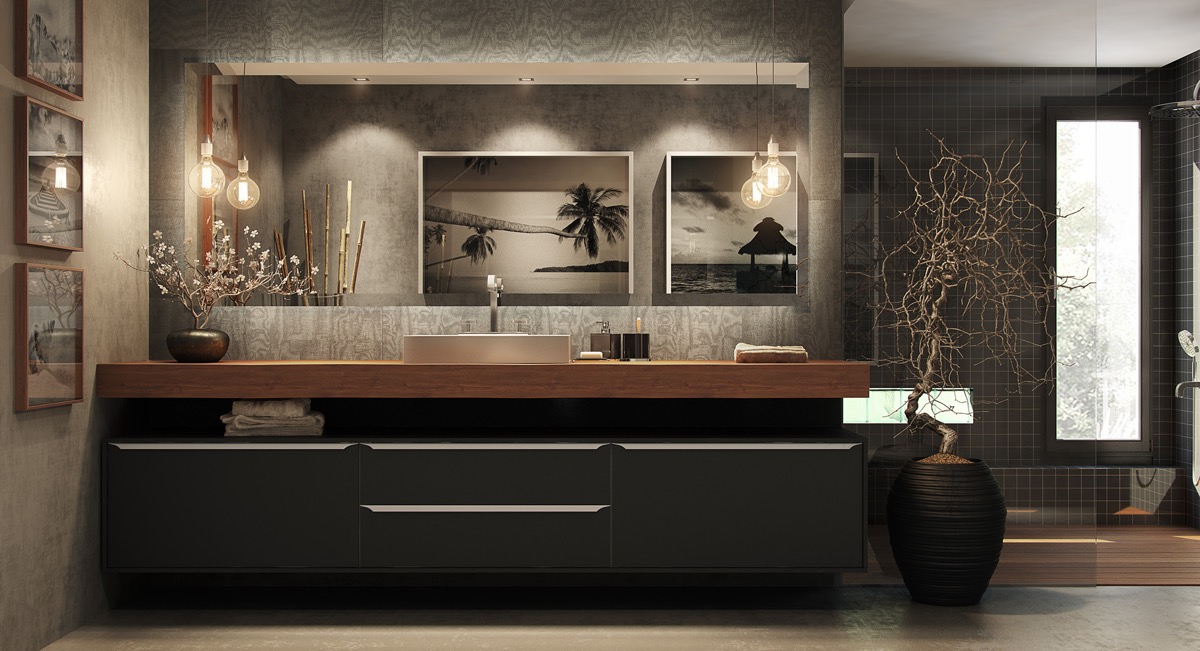
10 Beautiful Bathroom Vanities to Update Your Spa-Like Space
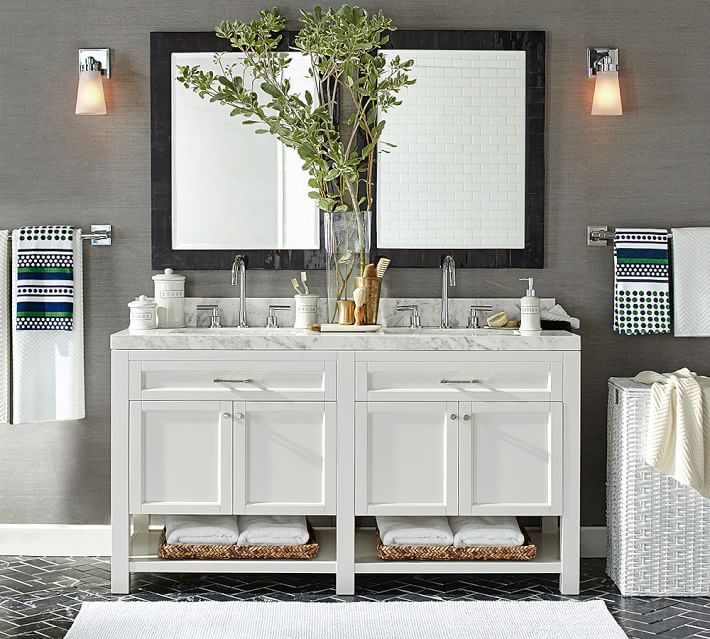
Beautiful Bathroom Vanity Design Ideas
:max_bytes(150000):strip_icc()/dark-vanity-brass-pulls-patterned-tile-floor_thumb-58d813455f9b5846833fa416.jpg)
Beautiful Bathroom Interior In New Luxury Home With Vanity Mirror
Bathroom Vanities Anne Marie Design Studio

40 Bathroom Vanities Youu0027ll Love for Every Style HGTV
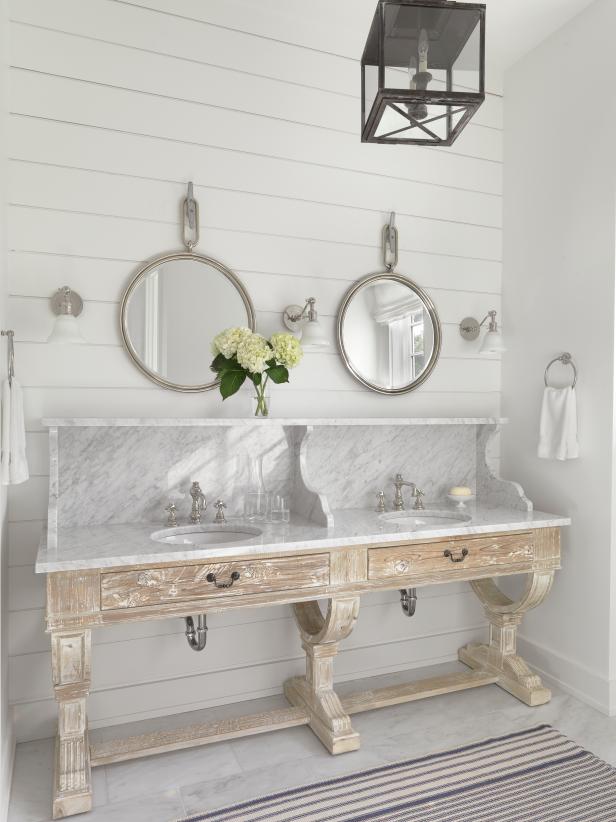
Related Posts:
- Light Blue Bathroom Cabinets
- Double Sided Mirror Bathroom Cabinet
- Bathroom Cabinet Height Code
- Victorian Bathroom Cabinet
- Staining Bathroom Cabinets Without Sanding
- Bathroom Cabinet On Legs
- Natural Hickory Bathroom Cabinets
- Revolving Bathroom Cabinet
- Using Chalk Paint On Bathroom Cabinets
- Birch Bathroom Cabinets
